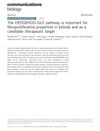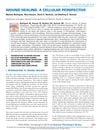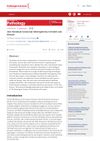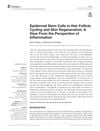Keloid Pathogenesis and Fibroproliferative Properties Are Dependent on Stem Cells Regulated by the Hedgehog-Gli1 Pathway
May 2023
in “
Research Square (Research Square)
”
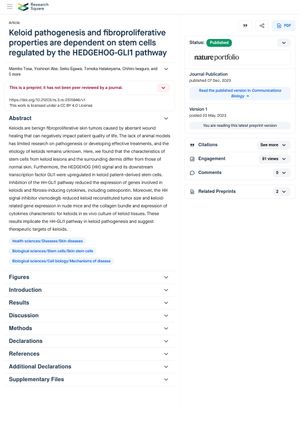
TLDR Blocking the HEDGEHOG-GLI1 pathway can reduce keloid growth and may be a potential treatment.
Keloids, benign skin tumors resulting from abnormal wound healing, have been found to have different stem cell characteristics compared to normal skin. The HEDGEHOG (HH) signal and its downstream transcription factor GLI1 were found to be upregulated in stem cells derived from keloid patients. Inhibiting the HH-GLI1 pathway reduced the expression of genes involved in keloids and fibrosis-inducing cytokines, including osteopontin. The HH signal inhibitor vismodegib was shown to reduce keloid tumor size and related gene expression in nude mice, as well as the collagen bundle and expression of keloid-specific cytokines in ex vivo culture of keloid tissues. This suggests that the HH-GLI1 pathway plays a significant role in keloid pathogenesis and could be a potential therapeutic target.


